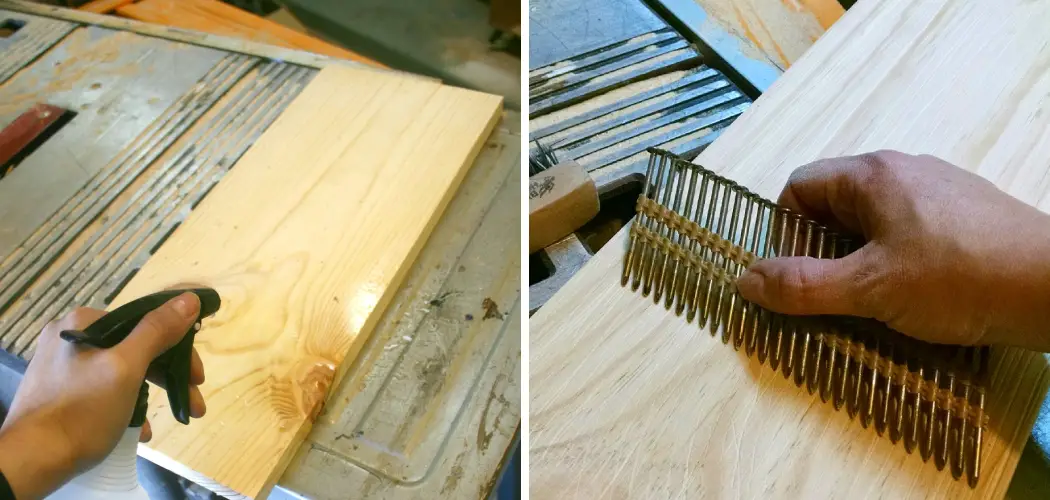Are you a woodworker who is looking for an effective way to get rid of raised wood grain on your projects? If so, then you are in the right place! In this blog post, we’ll go over some of the best practices on how to fix raised wood grain. We’ll cover everything from sanding down rough surfaces to using alternate methods like filling with epoxy or using denatured alcohol. No matter what type of project you’re working on, these tips will help take your woodworking skills to the next level and give you stunning results every time. Ready? Let’s get started!
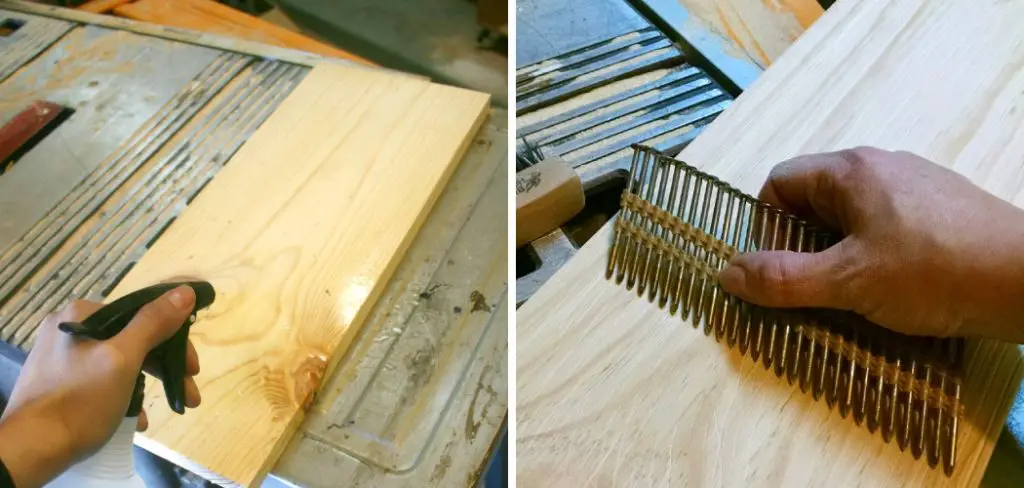
It can be incredibly frustrating to put in the time and effort to sand your woodworking project only to realize that raised wood grain remains. A smooth finish is essential for a successful project and restoring the surface can seem impossible, but never fear–with these simple steps you will learn how easy it is to fix any raised wood grain on your next project!
What Can Problems Be Caused by Raised Wood Grain?
There can be many problems caused by raised wood grain. Such as:
1. Uneven Surface
One of the most common issues caused by raised wood grain is an uneven surface. This can be a major problem, especially if you are trying to achieve a smooth and professional finish when painting or staining your woodwork.
2. Damage to Wood
Raised wood grain can also lead to damage to the wood itself, including cracks and splinters that can weaken the overall integrity of the surface. This can make your wood more susceptible to moisture and other damage, which can be costly to repair over time.
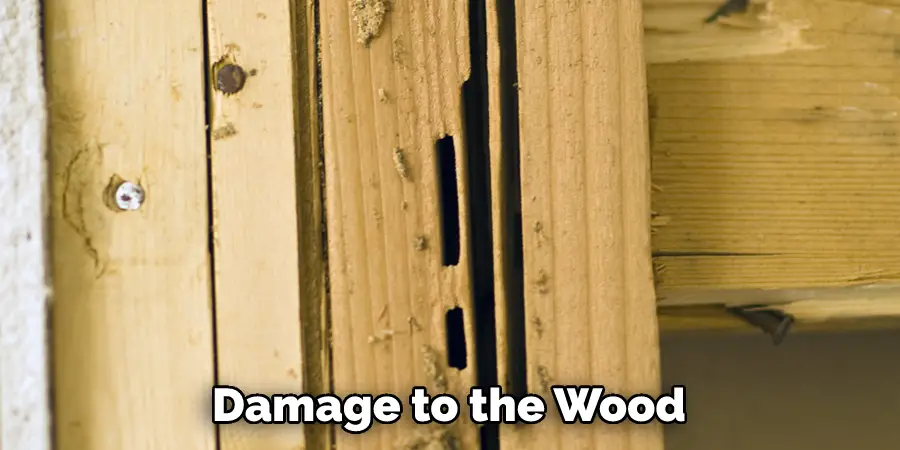
3. Reduced Aesthetic Appeal
Lastly, raised wood grain can also affect the overall aesthetic appeal of your woodwork, making it look faded and less vibrant than desired. This can be especially noticeable when staining or painting your wood, as the uneven texture of the grain will create an inconsistent finish.
10 Ways About How to Fix Raised Wood Grain
1. Use Fine-grit Sandpaper
One of the most common ways to fix raised wood grain is to use fine-grit sandpaper. Start by lightly sanding the surface of your wood with the sandpaper, and then wipe away any excess dust or residue from the area. Repeat this process until you are able to smooth out any raised wood grain on your surface.
2. Apply a Moisture Barrier
Another way to fix raised wood grain is by applying a moisture barrier. This involves treating your wood with a water-resistant sealant, such as polyurethane or varnish, which will help protect it against future damage from moisture. After applying the sealant, let it dry completely before you start using your wood again.
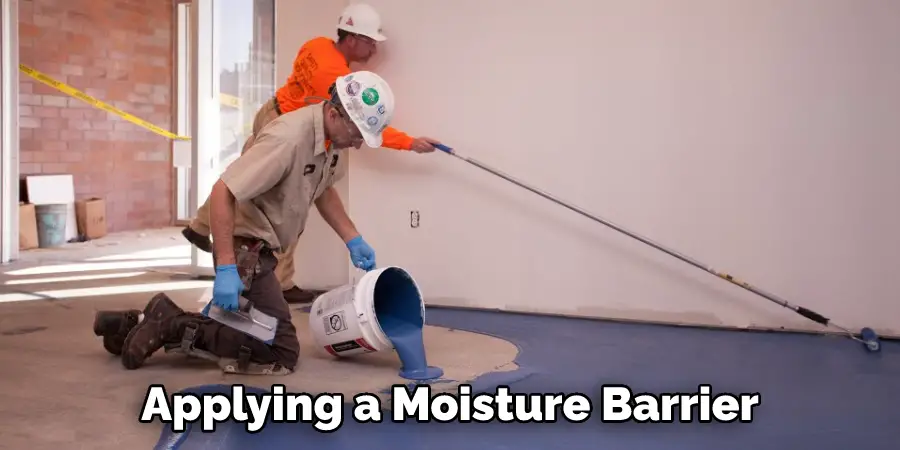
3. Use a Heat Gun
If the raised wood grain on your surface is particularly severe, another option is to use a heat gun to soften and flatten it out. Start by turning on your heat gun and holding it about 6 inches away from the affected area. Gently move the heat gun back and forth over the surface of your wood to help soften and flatten out any raised or rough areas.
4. Apply Boiled Linseed Oil
To fix raised wood grain caused by uneven drying, another option is to apply boiled linseed oil to the affected area. Simply brush a layer of boiled linseed oil onto the surface of your wood, and then let it sit for a few hours to help smooth out any rough areas.
5. Apply a Wood Conditioner
If you are dealing with raised wood grain caused by uneven staining, another option is to apply a wood conditioner. This can be done by applying the conditioner directly onto the surface of your wood and then rubbing it in with a cloth. Let the wood conditioner sit for a few hours, and then wipe away any excess residue.
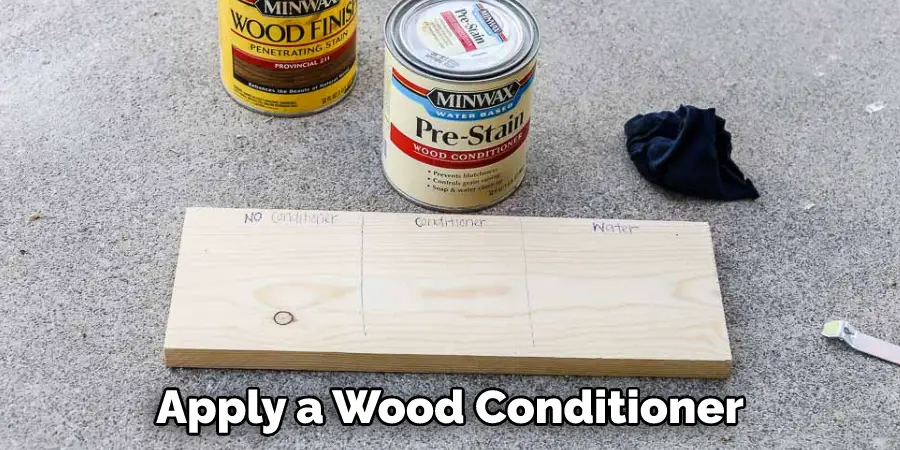
6. Use Steel Wool
If your wood has rough or raised grain that is caused by uneven scratching, you may be able to fix it by using steel wool. Simply dip a piece of steel wool in some oil or wood conditioner and rub it over the affected area to smooth out any raised grain.
7. Try a Heat Compression Technique
If you are dealing with stubborn areas of raised wood grain, another option is to use a heat compression technique. Start by placing an iron or hair dryer on top of the affected area and applying moderate heat. Then, use a plastic card or putty to gently press down on the wood and help flatten out any raised grain.
8 Use a Steam Iron
If you have stubborn areas of raised wood grain that simply go away, another option is to use a steam iron. Simply place your steam iron over the affected area and gently press down on it for a few minutes to help smooth out any raised grain.
9. Try an Alcohol-Based Toner
Another option for fixing raised wood grain is to try using an alcohol-based toner. Start by applying a layer of toner onto the affected area, and then wipe away any excess residue. This can help smooth out any raised grain and even the color of your wood, helping to make it look new again.
10. Consider Replacing Your Wood
If none of these methods are effective at fixing raised wood grain on your wood surface, another option may be to simply replace the affected area with new wood. This can help ensure that your wood stays looking beautiful and smooth, without any unsightly raised grain.
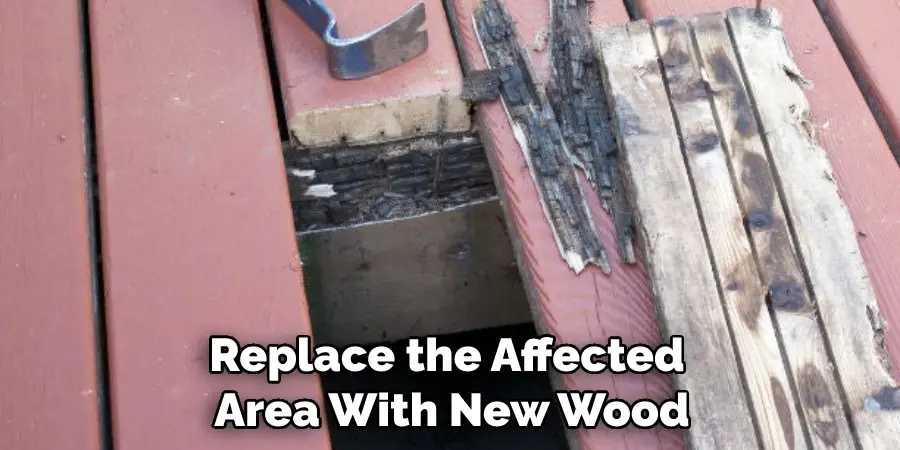
No matter what method you choose for how to fix raised wood grain, be sure to take the time to care for and maintain your wood properly so that it continues to look its best for years to come. By following these simple tips, you can help prevent further issues with raised wood grain and keep your wood looking beautiful and smooth.
Some Additional Tips to Prevent Raised Wood Grain
1. Use High-Quality Wood
One of the best ways to prevent raised wood grain is to use high-quality wood for your project. This means looking for wood that is straight and has a smooth, even surface. You should also look for kiln-dried wood, as this will help reduce the risk of cracking and other damage over time.
2. Use the Right Type of Wood Glue
Another key factor in preventing raised wood grain is using the right type of wood glue. For example, if you are working with a softwood like pine, it is best to use a quick-drying PVA or white glue. This will help reduce swelling and prevent cracks from forming. On the other hand, if you are working with hardwood like oak or maple, you may want to opt for a longer-lasting polyurethane glue instead.
3. Be Gentle While Working
One of the main causes of the raised wood grain is applying too much pressure while working on your project. To avoid this problem, it is best to be gentle and use light, even strokes when applying the finish or glue. This will help prevent causing any unnecessary damage to the wood surface.
4. Allow Time for Drying
Finally, to minimize the risk of raised wood grain, it is important to allow plenty of time for your project to dry completely. This typically means letting your finished product sit for at least 24 hours before handling or moving it. If you need to move your project during this time, be sure to take extra care not to apply too much pressure or cause any damage that could lead to raised wood grain.
5. Maintain Your Project
Another key step in preventing raised wood grain is maintaining your finished project over time. This means taking the necessary steps to clean, repair, and refinish your project as needed to keep it looking its best. Whether you need to apply a new coat of polyurethane or simply touch up some dings and scratches, keeping up with regular maintenance can help prevent the risk of raised wood grain.
By following these tips, you can minimize your risk of raised wood grain and enjoy beautifully finished projects for years to come.
Conclusion
Raised wood grain is a common problem when stained, but there are ways to avoid or fix it. If you’re careful during the staining process and use the right products, you can achieve a smooth, consistent finish. If the wood grain has already been raised, sanding is usually the best way to level it out again. By following these tips, you can perfect your DIY project and have beautiful results that last.
Now you know how to fix raised wood grain and prevent it from occurring in the first place. Whether you are working on a new project or simply trying to restore an existing one, these tips can help ensure that your wood stays looking smooth and beautiful for years to come. So what are you waiting for? Start using these tips today and enjoy your gorgeous finished projects with peace of mind!

